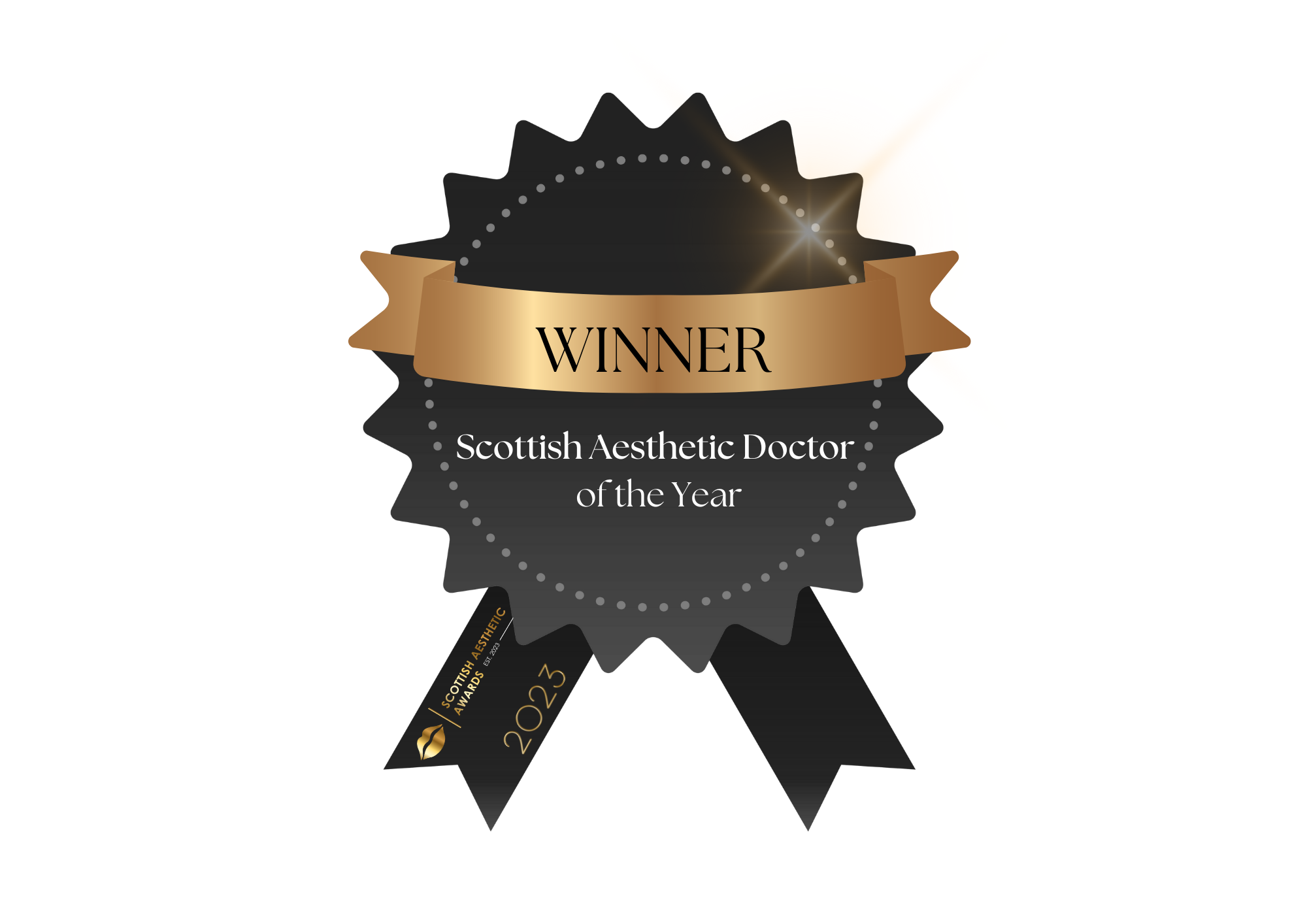Hormonal Acne. Everything You Need to Know
What is hormonal acne?
Hormonal acne means acne that is exacerbated by hormones – although the term “hormonal acne” tends to be reserved to describe acne in women who experience fluctuations in their hormone levels resulting in spots. So, why does this happen?
Let’s go back to basics in order to get a better understanding….
The pores on our skin are the opening of a hair follicle that leads to a sebaceous gland. This gland produces oil which flows onto the skin keeping it moist, supple and healthy.
Acne starts with a blocked pore. When the oil cannot escape it collects within the gland and provides a perfect environment for bacteria. These bacteria multiply, causing inflammation in the surrounding tissues and thus the cycle of acne begins.
The importance of hormones in contributing to the cause of acne is clear since acne very rarely starts before puberty, which is when both boys and girls experience a surge in their sex hormone production.
What effect do hormones have on the skin?
Hormones are essentially powerful chemical messengers that are involved in controlling and regulating the various complex systems in our body. The main hormones we are concerned with when talking about hormonal acne are the sex hormones (oestrogen, testosterone and progesterone).
Oestrogen improves skin elasticity, hydration and thickness and plays a key role in skin health. Progesterone also improves skin health and works alongside oestrogen to keep the skin soft and supple. Testosterone stimulates the oil producing glands and also changes the skin cells lining the hair follicles, making them sticky.
Men and women have all of these hormones but in different amounts. For healthy skin, these hormones need to be in balance with each other.
When can hormonal acne strike?
During adolescence, all the sex hormones (oestrogen, progesterone, testosterone) increase in production causing the changes associated with puberty. The major hormonal factor causing acne here is the testosterone increasing oil production and increasing the likelihood of the pores becoming blocked. Young men tend to be more troubled by acne during adolescence which is likely to be due to their higher testosterone levels.
After puberty, women’s hormones change in a cyclical fashion typically over the course of a month and this is the reason for having monthly periods. In the lead up to a woman’s period, oestrogen and progesterone levels drop meaning there is a relative excess of testosterone – this is why many women complain of having problems with spots in the week before their period.
Women who suffer from PCOS (Polycystic ovary syndrome) often have higher levels of testosterone which then predisposes them to having spots.
Around the time of the menopause, the female hormones (oestrogen and progesterone) start to decline causing a relative increase in testosterone which can then lead to the development of acne.
Although it is generally acknowledged that men suffer more severe acne than women, women are more troubled by breakouts, especially beyond adolescence. This is thought to be due to the constantly changing and complex hormonal make-up of a woman’s cycle whereas men have fairly stable hormone levels.
Where typically does hormonal acne occur?
Adolescent acne can predominantly affect the T zone (nose and forehead) – this is because the pores tend to be larger and therefore more easily blocked.
Hormonal acne mainly affects the chin, jawline and neck and this is thought to be because this part of the face (“the beard area”) is more sensitive to testosterone which makes it more likely to be an area that grows hair and also easily become more oily and prone to spots.
What can be done about it?
Having established that hormonal acne is a very real problem the question is what can be done to help manage it? For any substance/ treatment to help prevent or treat acne it needs to have an effect at any step of the acne causing process.
For many women, the contraceptive pill offers a way of overriding normal hormonal fluctuations in the monthly cycle and some of the formulations are known to be “skin friendly”.
Good skin hygiene is critical. Showering after exercise removes the excess sweat, dirt and oil that can contribute to blocking the pores.
Using clinically effective skincare products that can help to unblock pores, regulate oil production and desensitize the skin to hormonal changes are all logical options.
Using LUSTRE as part of your daily skincare regime can certainly help to control the acne causing bacteria.
In summary – hormones are known to exacerbate acne, especially in people who are prone to breakouts – so it makes sense to proactively address the effects and minimise these wherever possible. Tackling the individual factors that are known to lead to acne can be very effective in helping to manage problem skin.










